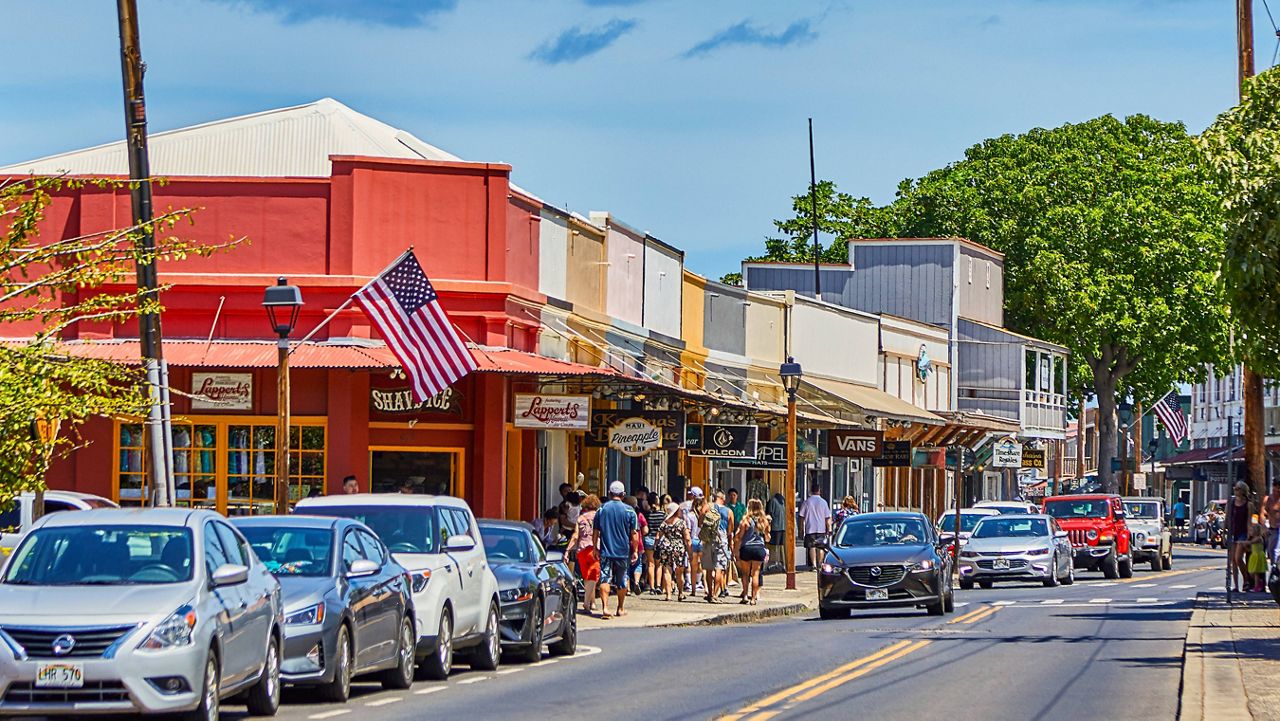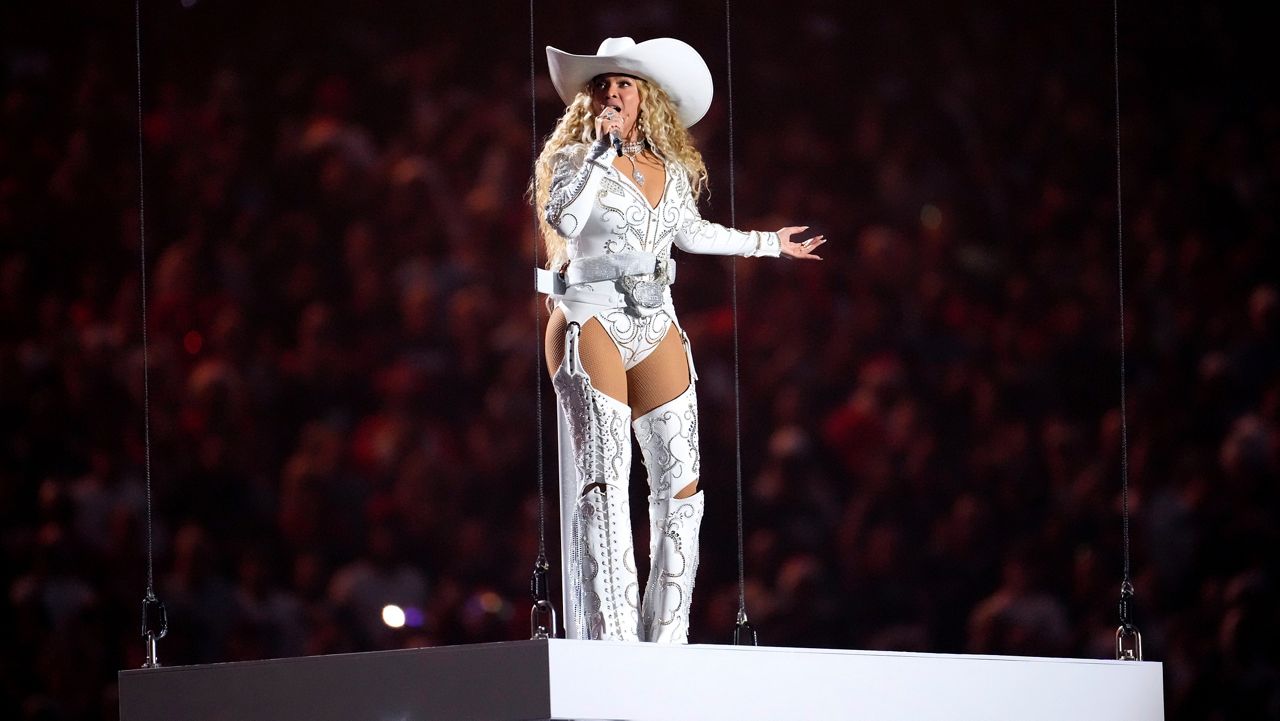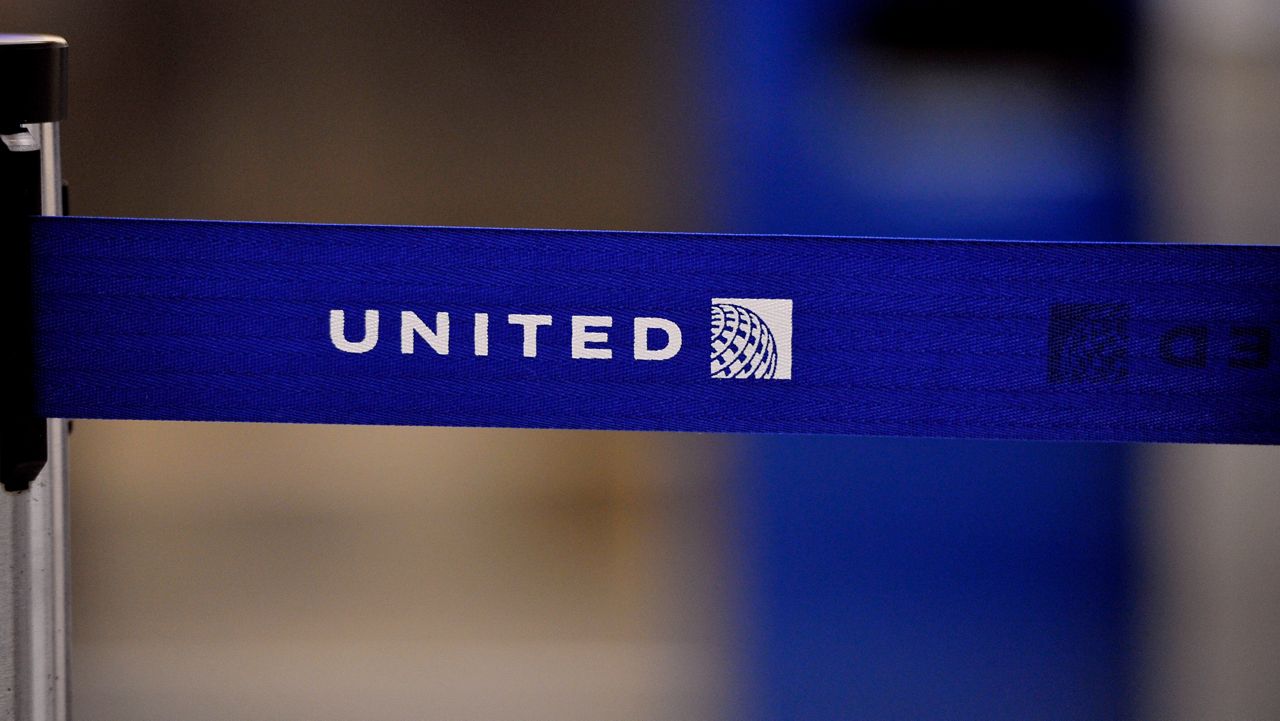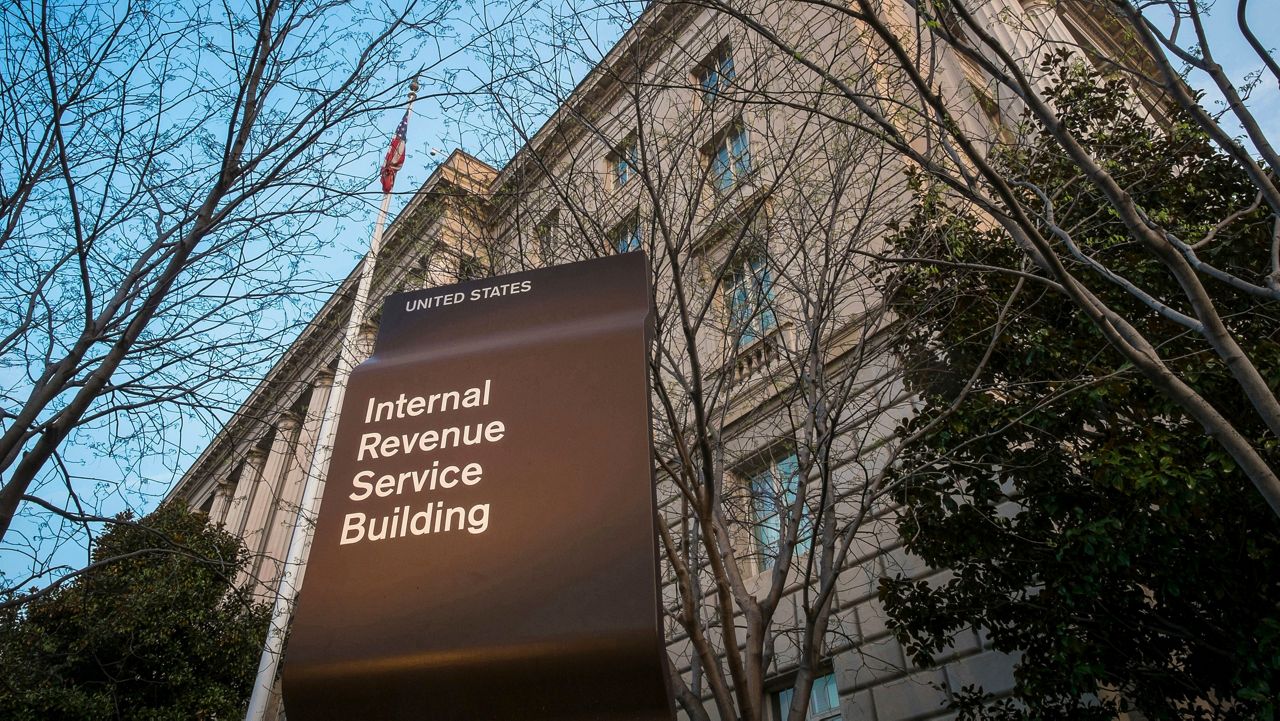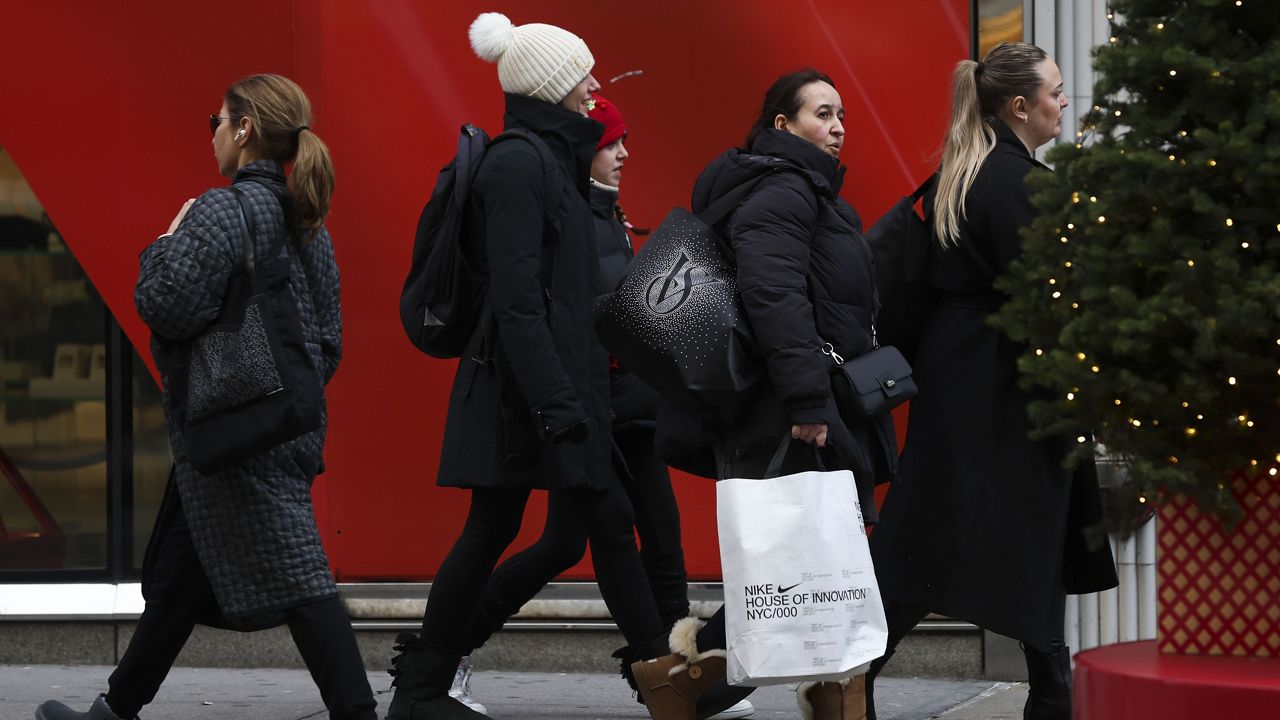As concerns about the pandemic wane, Maui has seen an increase in tourists.
Maui tourism increased by 108% in February 2022, when compared to February 2021, according to new data released by the Department of Business, Economic Development and Tourism.
According to the data, 193,232 visitors came to Maui in February 2022, while only 92,608 visitors came to the island in February 2021. In February 2020, shortly before the pandemic started, 234,823 visitors arrived on the island.
On any given day on Maui, the average number of visitors in February 2022 was 61,218, compared to 32,237 visitors in the same month in 2021. This is nearing pre-pandemic numbers, which were at 67,678 visitors in February 2020.
Visitor spending on Maui also increased significantly in 2022, with visitors spending $402.8 million, compared to $135.4 million in the same month in 2021.
A visitor on Maui spent an average of $235 per day in February 2022, which was higher than on Oahu, where tourists spent an average of $233 per day. Although, Lanai had by far the highest per day spending at $588, while Molokai had the lowest at $143.
Maui and Hawaii Island had the longest average length of stays for visitors, which averaged in February 2022 at 8.87 days for both islands, while Lanai had the shortest duration at 4.6 days.
Across the entire state of Hawaii, the amount of visitors increased in February 2022 with 630,647 arriving, mostly from domestic flights, compared to 235,283 visitors in February 2021. Cruise ships returned to Hawaii in January 2022, and those with more than 250 people are required to have a port agreement that details health and safety protocols. Still, these numbers do not reach pre-pandemic levels, which were at 823,910 visitors, who came by air and by cruise ships, in February 2020.
Total visitor spending increased significantly too — with tourists spending $1.31 billion in February 2022, compared to $397.1 million in February 2021.
“Visitors spent $1.3 billion in February which was 10% more per person, per day than in 2019, even though statewide we saw less visitor arrivals,” DBEDT Director Mike McCartney said in a press release. “We expect Hawaii to continue with this forward momentum, especially into Spring then into Summer, because of the arrival of Japanese visitors and other international markets.”
“With the lifting of the Safe Travels program, Hawaii will need to prepare for hosting a different mix of visitors,” McCartney added. “There is still a need to continue to be vigilant and remember that public health is the key for a healthy economy. Even though the formal Safe Travels program has ended we hope that everyone takes responsibility to keep Hawaii safe. We learned how to live with the virus and need to remember that it is not yet over.”
With the increase in tourists, the Maui City Council has been considering a tourism reform plan that includes limiting vacation rentals, regulating peer-to-peer car rentals and other proposals. Supporters of the proposal to limit vacation rentals cite the high cost of living.
Also, Maui introduced a new effort in February to support local businesses and nonprofits, and it includes a list of kamaʻaina discounts.
Michelle Broder Van Dyke covers the Hawaiian Islands for Spectrum News Hawaii.




